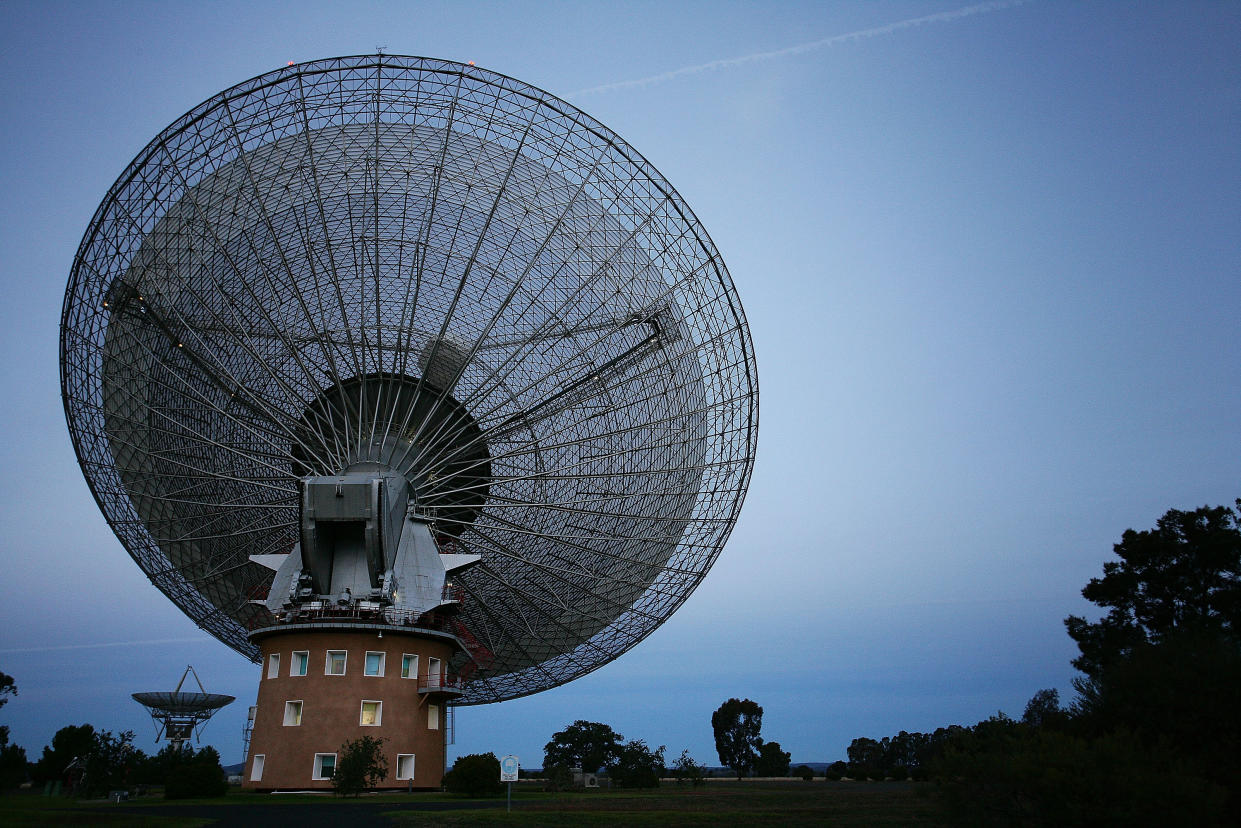Stephen Hawking’s £80m alien-hunting mission asks for help with huge sky-scan

Astronomers have focused huge telescopes onto hundreds of distant stars, in the hope of finding the ‘technosignatures’ of alien technology.
So far, they have found nothing, they admit - but there’s still hope.
The researchers from Breakthrough Listen have now released a ‘petabyte’ of telescope data, in the hope that other researchers might find telltale signs in it.
Danny Price, the Breakthrough Listen Project Scientist for the Parkes observatory in Australia said, ‘This data release is a tremendous milestone for the Breakthrough Listen team
‘We scoured thousands of hours of observations of nearby stars, across billions of frequency channels.
Read more from Yahoo News UK:
Torrential rain and thunderstorms lash UK
Fifth suspected murder in six days as London violence continues
Jeremy Corbyn to back second referendum
‘We found no evidence of artificial signals from beyond Earth, but this doesn't mean there isn't intelligent life out there: we may just not have looked in the right place yet, or peered deep enough to detect faint signals.’
Breakthrough Listen is an $100-million ET-hunting project which was backed by Stephen Hawking.
The project used the Parkes radio Telescope to scan for extraterrestrial life in a huge swathe of our own MIlky Way galaxy.
In addition to the plane of the Milky Way, the observations also covered a region around the Galactic Center, capturing data on one of the densest neighborhoods in the Galaxy
Previously, Breakthrough Listen conducted a detailed scan of stars near our Earth, in an effort to find signs of alien transmissions.

 Yahoo News
Yahoo News 

